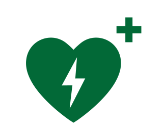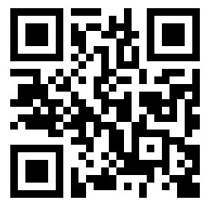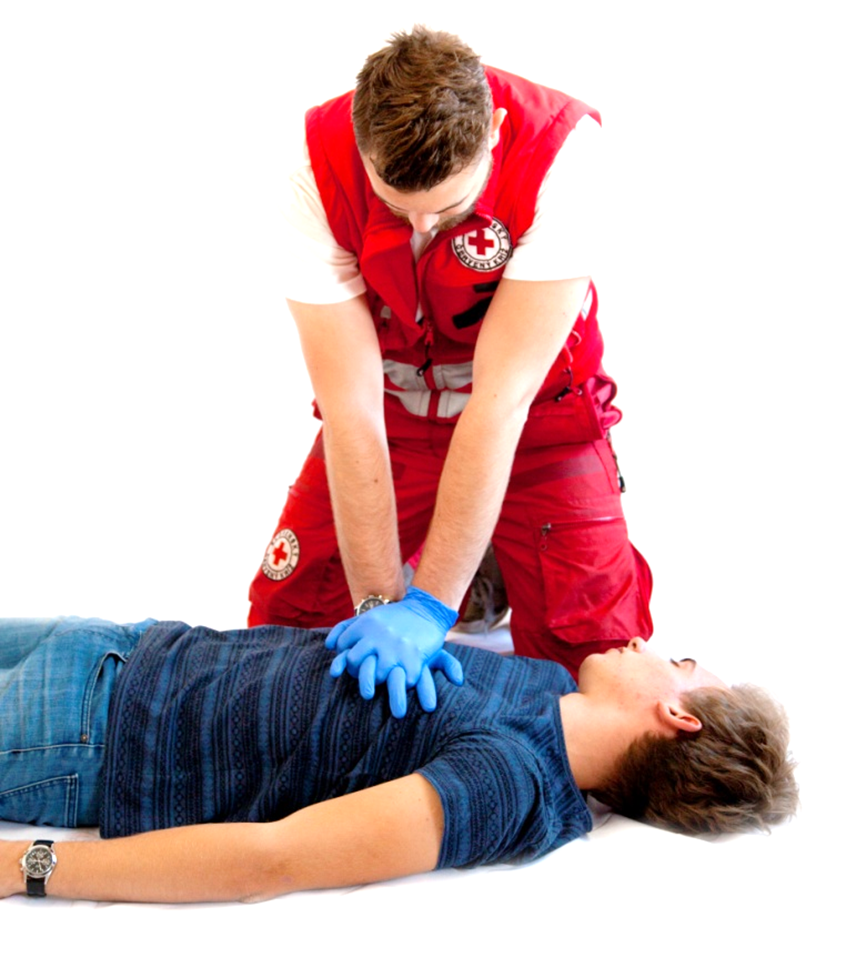USE OF AED DURING CPR

Up to 80 %of heart failure regardless of the origin of the cause, the first minutes have a heart rhythm disturbance – ventricular fibrillation, ventricular tachycardia. Through an AED, a controlled electrical discharge called defibrillation can be delivered, which can restore normal heart rhythm.
If defibrillation is performed 3-5 minutes after sudden collapse, the probability of restoration of cardiac circulation increases to 50-75 %. Thus, public access to AEDs represents a chance of early defibrillation before the arrival of the emergency services.
AUTOMATED EXTERNAL DEFIBRILLATOR (AED)
An AED is a device with voice guidance that can help save a person in sudden circulatory arrest by delivering a defibrillation shock. The AED is a microprocessor-controlled device that can be operated by both untrained and trained rescuers. The AED helps restore the heart to a normal rhythm.


Find out where the nearest AED is in your area!
THE PROCEDURE OF CPR WITH AED
Environmental control
We look around and if necessary remove any possible danger (thinking of our own safety).
Addressing injured person, shaking by the shoulders

We loudly address the injured person, “Hello sir/madam, can you hear me?”
If the person does not respond → step forward and shake both shoulders.
Airway clearance and control of breathing
Place the edge of your hand on their forehead and put two fingers under their chin.
Bend the head backwards.
Check breathing ideally for 7 seconds, but no more than 10 seconds..


!!! Watch out for “carp breathing”, which occurs in more than 50 %of people with cardiac arrest. So-called terminal labored breathing is accompanied by breaths at strikingly long intervals (” occasionally inhaling”), resembling the breathing of a carp after it has been taken out of the water. Gasping breathing is considered a sign of cardiac arrest and requires immediate initiation of resuscitation.
Calling the 112 emergency line and bringing an AED
We’ll use the speakerphone.
We never hang up the phone first.
We are waiting for questions.

WHERE are we located?

WHAT happened?

WHO did it happen to?
The operator can announce that there is an AED in the proximity

Pokračuj v poskytovaní KPR podľa možnosti v pomere 30:2 do ďalšej analýzy rytmu, ktorá sa spustí automaticky za 2 min.
Pokiaľ nie je možné podanie záchranných vdychov, vykonávame iba kompresie hrudníku.
Pamätajte na to, že štandardne AED môžete používať pre nedýchajúce osoby staršie ako 8 rokov a o minimálnej váhe 25 kg. Niektoré defibrilátory však umožňujú prepnúť do tzv. detského režimu. Aj ten môže byť použitý laikom. Ak potrebujete defibrilovať dieťa od 1 roku do 8 rokov veku a vaše AED nemá detský režim, môžete použiť štandardný režim pro dospelých, ale dbajte na to, aby nedošlo k vzájomnému dotknutiu elektród.

Bringing the AED + switching it on
The use of an AED does not take precedence over performing CPR. If you are alone at the scene, do not leave the patient; if an AED is not available in your immediate proximity, perform quality CPR.
Initiate CPR and in the meantime ask others present to bring the AED. Turn on the AED and follow visual or audible instructions.
Application of electrodes
Remove the clothing around the chest of the victim. Make sure the person’s chest is dry or if necessary dry it.
Apply the electrodes as shown on the patient’s exposed chest, if possible, do not interrupt cardiac massage while the electrodes are being applied.
The electrodes must not touch each other after gluing. As standard, place one electrode on the right side of the sternum below the clavicle and the other electrode on the left side of the chest towards the axilla, so that the centre of the electrode is approximately at the level of the nipple (anterolateral position).

Instruction „HEART RHYTHM ANALYSIS“
During rhythm analysis, interrupt CPR and check that no one is touching the patient. Touching may interrupt the AED analysis. Alert others present aloud and also use the gesture ” Do not touch the patient.”

Instruction „THE SHOCK IS RECOMMENDED”
The shock recommended – Check that the patient is not being touched and press the flashing button to administer the shock.
Once the shock is administered, start CPR again and continue until the next rhythm analysis, which starts automatically in 2 min.


Instruction „THE SHOCK IS NOT RECOMMENDED“
The shock is not recommended – Continue providing CPR until the next rhythm analysis, which starts automatically in 2 min.
Instruction „START WITH CPR“
Continue to provide CPR if possible at a 30:2 ratio until the next rhythm analysis, which starts automatically in 2 min.
If rescue breaths cannot be administered, perform chest compressions only.

Remember that you can use a standard AED for non-breathing people over 8 years of age and with a minimum weight of 25 kg. However, some defibrillators allow you to switch to ‘child mode’. Even this can be used by a non-professional. If you need to defibrillate a child aged 1 to 8 years and your AED does not have a child mode, you can use the standard adult mode, but make sure that the electrodes do not touch each other.



